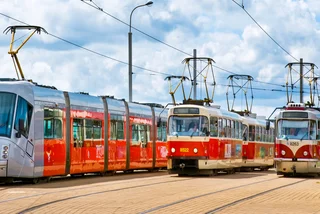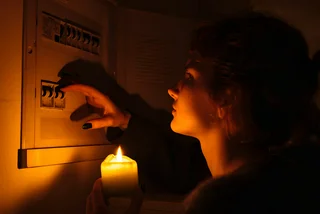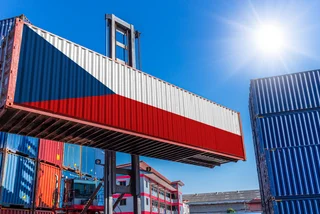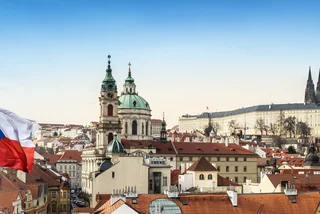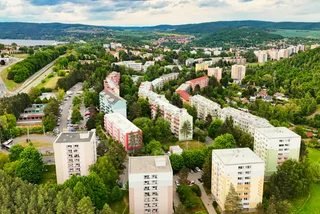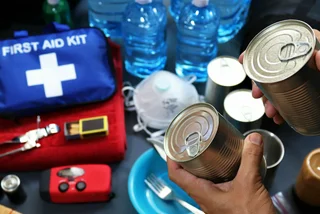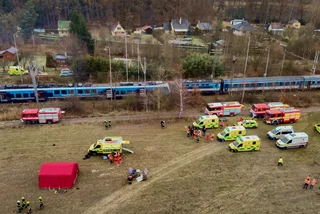It was an event that drew the world's attention. Friday’s blackout saw outlets like Reuters, the Associated Press, BBC News, the Washington Post, and many more spotlight the country as it experienced its largest power outage in recent memory.
While Czechia holds a post-mortem into what exactly happened—and why—thousands of people in the country are still affected by Friday’s events. Here’s exactly what you need to know.
What exactly happened
A major grid failure on Friday left up to one million electricity consumption points temporarily without power. The blackout struck around noon, cutting electricity across parts of Prague, Central Bohemia, Eastern Bohemia, and the Liberec and Ústí regions.
Nine substations, a unit at the Ledvice power plant, and the Krasíkov substation in East Bohemia were knocked offline. While ČEPS, the national transmission system operator, restored full grid functionality by mid-afternoon, tens of thousands remained without electricity into the evening.
Who, and what, was affected
In Prague, southern, eastern, and northern areas lost electricity, crippling public transport and leaving residents without power. Factories closed, hundreds of ATMs failed, and stores and restaurants halted operations. Hospitals needed to use backup generators.
Prague firefighters responded to over 250 elevator rescues. Train services between Prague and Kolín, Kolín and Kutná Hora, and other lines were suspended. In Liberec, trams stopped, and bus operations were uncertain. Traffic lights failed in Ústí nad Labem, disrupting road traffic.
Why it happened
It wasn’t Russia or any other cyberattack. Nor was it an energy overflow from Germany spilling into Czechia. The problem very much originated at home.
The disruption began with the rupture of a high-voltage phase conductor—a key transmission line linking power plants and substations. The damage triggered a cascading failure across the grid. The specific cause of the rupture remains under investigation, with heat-related stress and equipment fatigue among the possibilities.
How leaders responded
Prime Minister Petr Fiala called a national state of emergency until late Friday night. President Petr Pavel called the incident a reminder of the need for crisis readiness. “Events like this highlight the importance of preparation at both the state and individual level,” he said on X, commending first responders and utility workers for their swift response.
Minister of Industry and Trade Lukáš Vlček emphasized the need for long-term investment in energy infrastructure. “We’ve seen the importance of strengthening our transmission network,” he said, noting that the damaged line had already been scheduled for overhaul.
What to expect next
Authorities said repairs to the affected components would be completed by this morning.
Experts warn that while the immediate crisis has passed, vulnerabilities remain. Martin Pacovský of ARETE Energy Transition called the incident a wake-up call, urging greater investment in smart grid technologies and backup energy systems.
Václav Skoblík of United Energy Commodities said the outage underscored seasonal imbalances—high solar output paired with low summer demand—and called for improved local storage and consumption flexibility.
Analyst Radim Dohnal added that while the grid is fundamentally strong, modernization is needed to handle increasing renewable integration and system complexity.
Reuters notes that the incident is expected to heighten worries about the robustness of Europe’s power grids and infrastructure, following Spain’s most severe blackout in history in April and a fire that disrupted the power supply to London’s Heathrow airport in March.
Officials and grid operators say further updates on the investigation and repair timeline will follow in the coming days.












 Reading time: 3 minutes
Reading time: 3 minutes 


